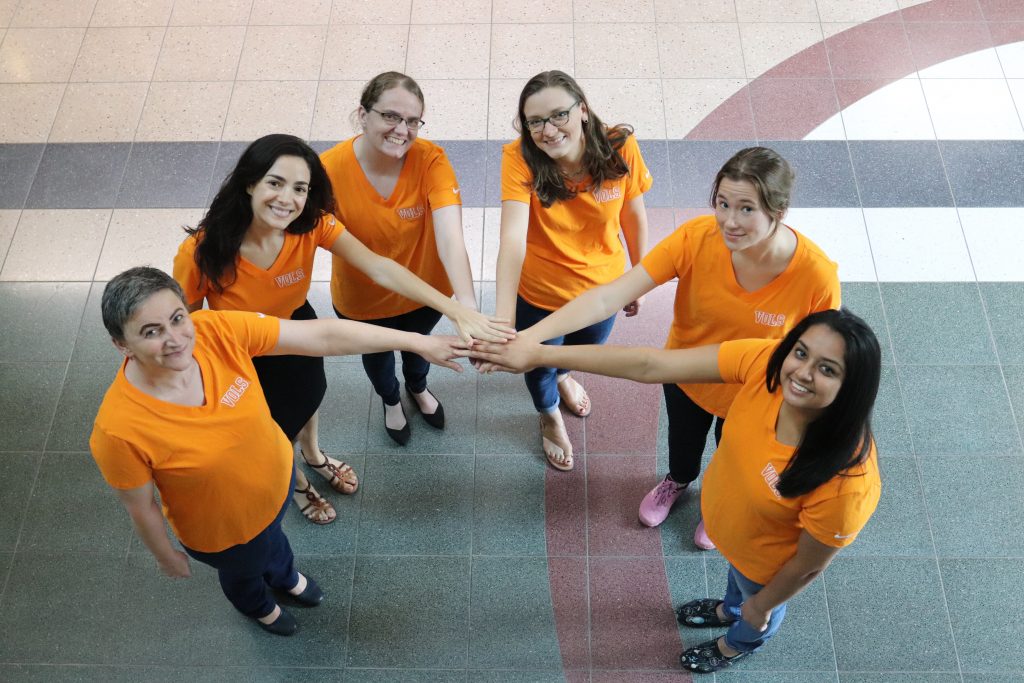Neural networks are powerful Artificial Intelligence (AI) models that capture embedded knowledge in scientific data automatically. Scientists can use the knowledge to solve problems in domains such as physics, materials science, neuroscience, and medical imaging, among others.
Finding accurate neural networks for a specific scientific dataset or particular problem comes at a high training cost: it requires searching among thousands of neural networks on a large number of high-performance computing (HPC) resources.
That could soon change thanks to research in HPC and AI being led by Michela Taufer, the Dongarra Professor in the Min H. Kao Department of Electrical Engineering and Computer Science (EECS).
“Developing an accurate neural network tailored to a specific problem or set of data currently takes a lot of time spent searching for what you need amid literally thousands of such networks across a high number of high-performance computing platforms,” Taufer said. “What we are proposing is making the whole process both quicker and more cost effective thanks to cutting-edge HPC technologies, without losing any of the accuracy that researchers need.”
Assistant Professor Catherine Schuman and Research Assistant Professor Silvina Caino-Lores, both from EECS, are co-principal investigators on the project, which the National Science Foundation backed with $623,999 in funding through 2025.
In addition to new methodologies and work flows, one of the central pieces of their project that they will deliver is a data commons, where known information is publicly shared and stored, making access easier to all.
Improving accessibility and availability of neural networks will have a profound affect, with a surprisingly diverse array of fields impacted by the team’s work.
“Making advances in neural networks will also mean similar advances will be made in anything that has data usage or data-based decision making at its core,” said Taufer. “Just to give a couple of different examples, farmers could use it to better predict crop yield or when to plant or water their fields, while medical personnel could get a better grasp on pathogens. There really are so many ways that improving neural networks could improve outcomes in the world around us.”
Part of the team’s efforts are also focused on making HPC and AI more open to historically underrepresented groups within the realm of computing.
As one component of that, they are teaming with UT’s Systers chapter to provide mentoring to women studying in the college, with the hopes that it will increase the opportunities for more of them to work in the field.
Additionally, they are designing curricula to reach a more diverse population of students at the undergraduate and graduate levels beyond the EECS department to help open the door to others to data sciences supported by HPC and AI.
In this way, not only is their project improving outcomes for society, but also helping provide the next generation of researchers.
